Using remote cameras at cleaning stations to understand the seasonality and behaviour of the reef manta rays (Mobula alfredi) of Laamu Atoll, Maldives.
2022
Christopher John Stewart Wenham (MSc Marine Environmental Management - University of Exeter)
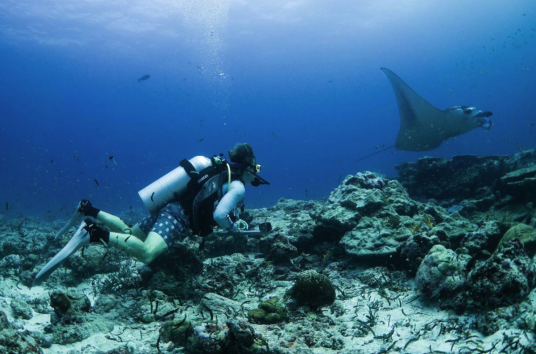
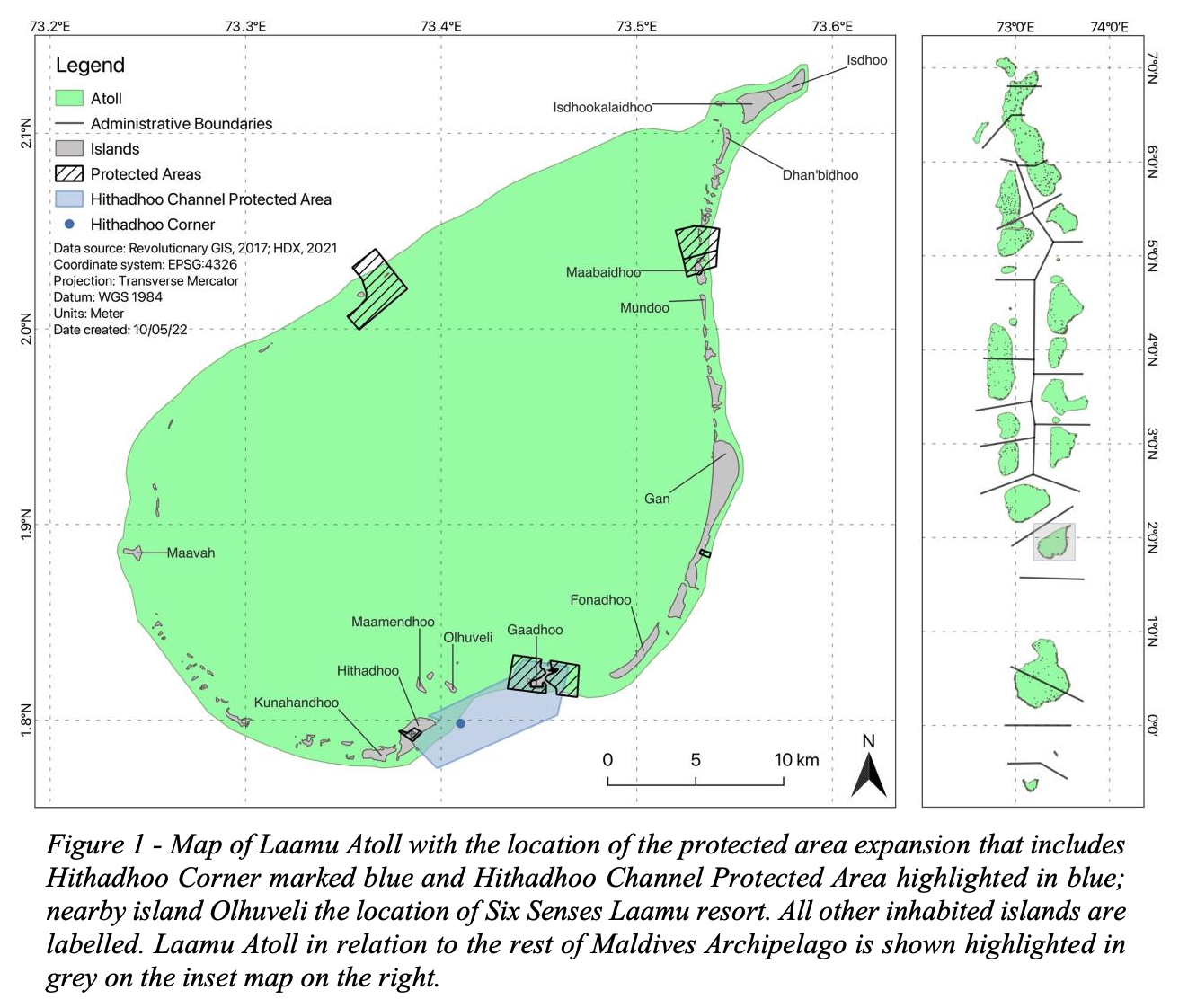
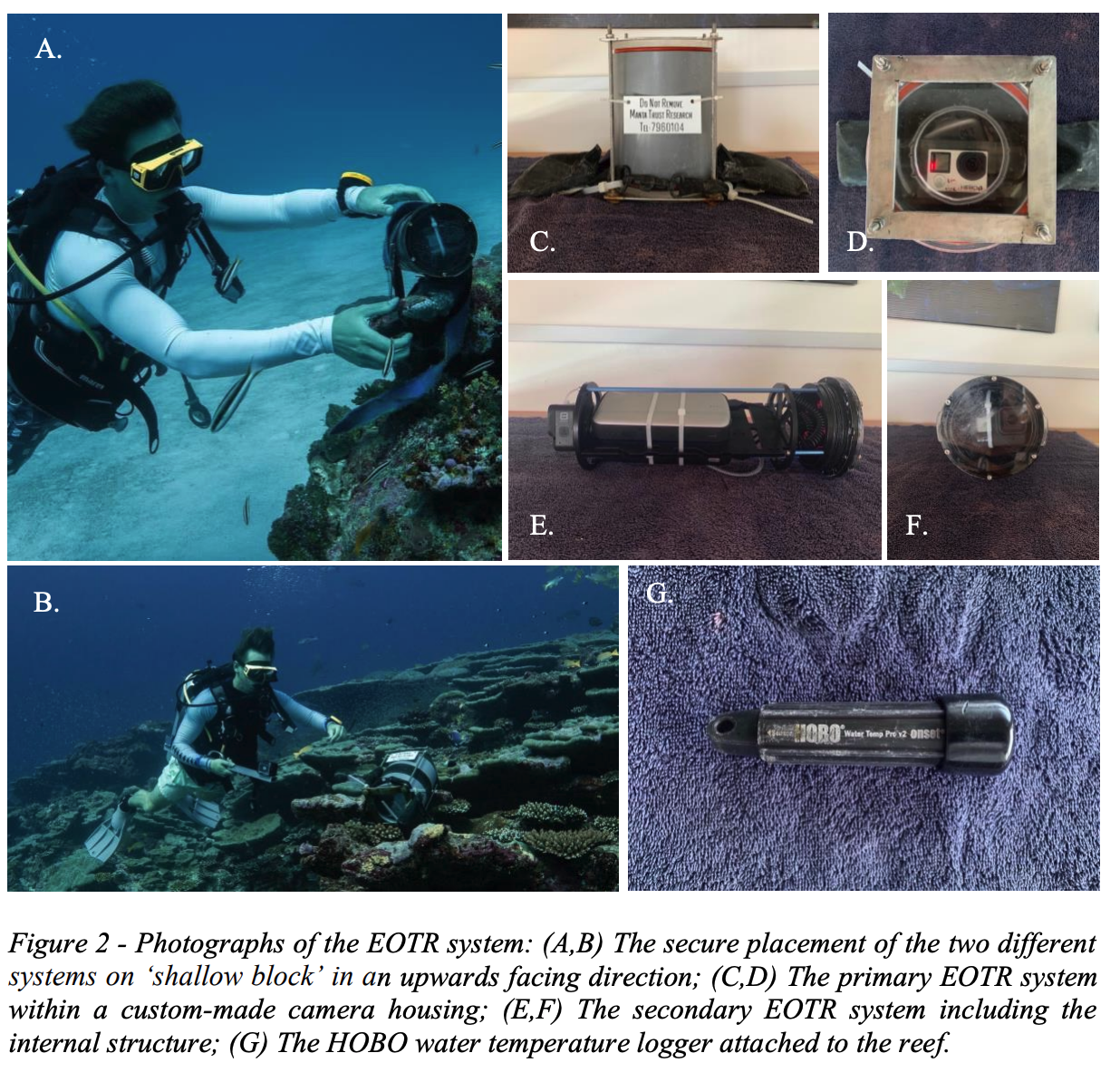
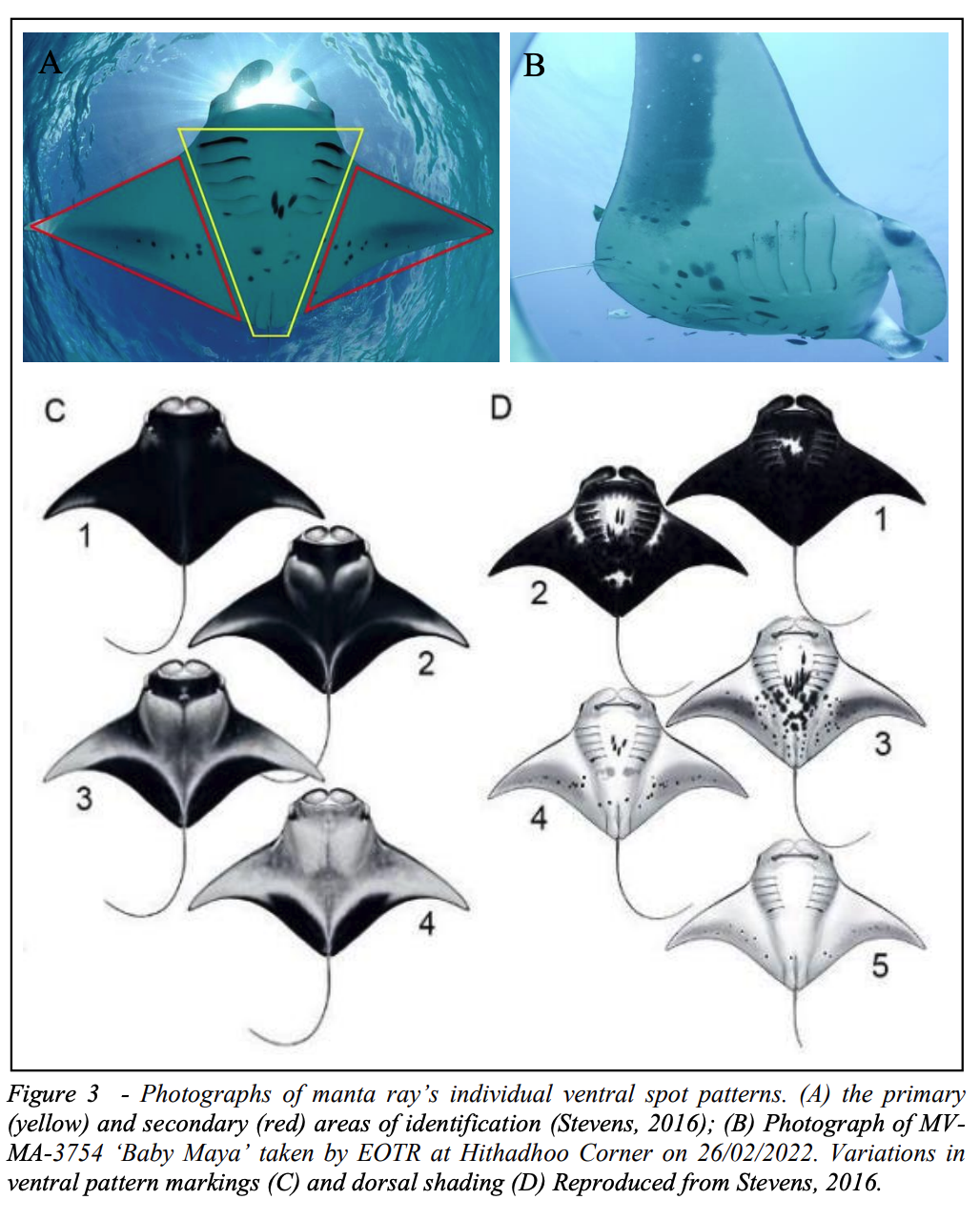
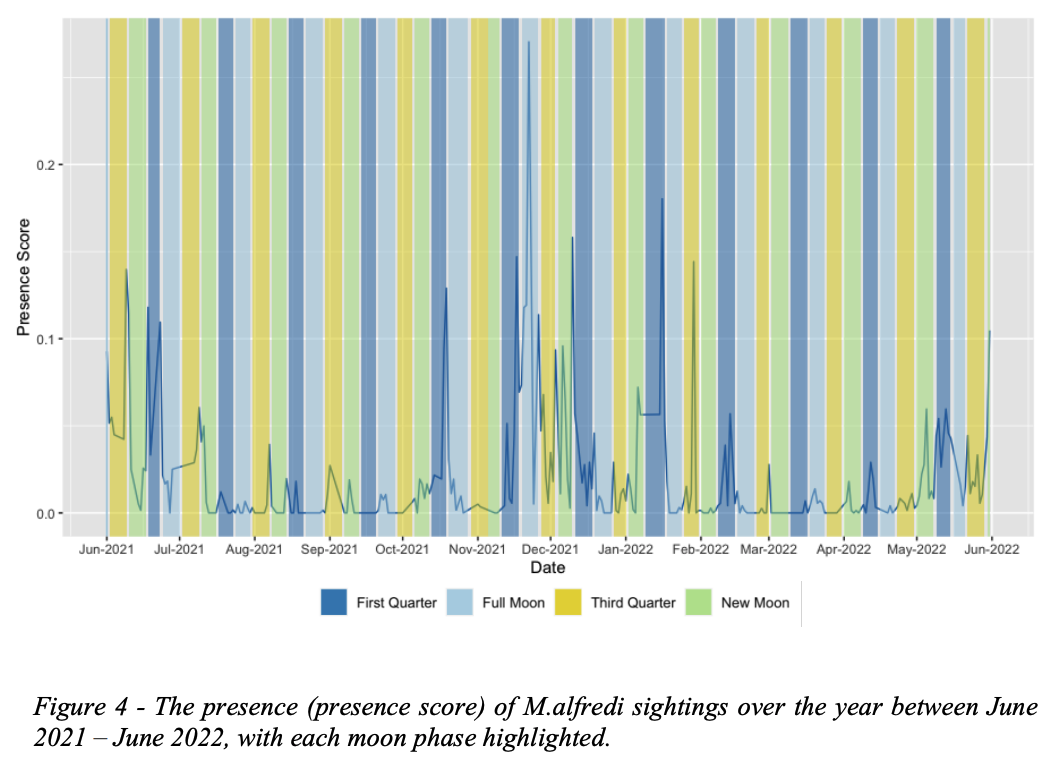
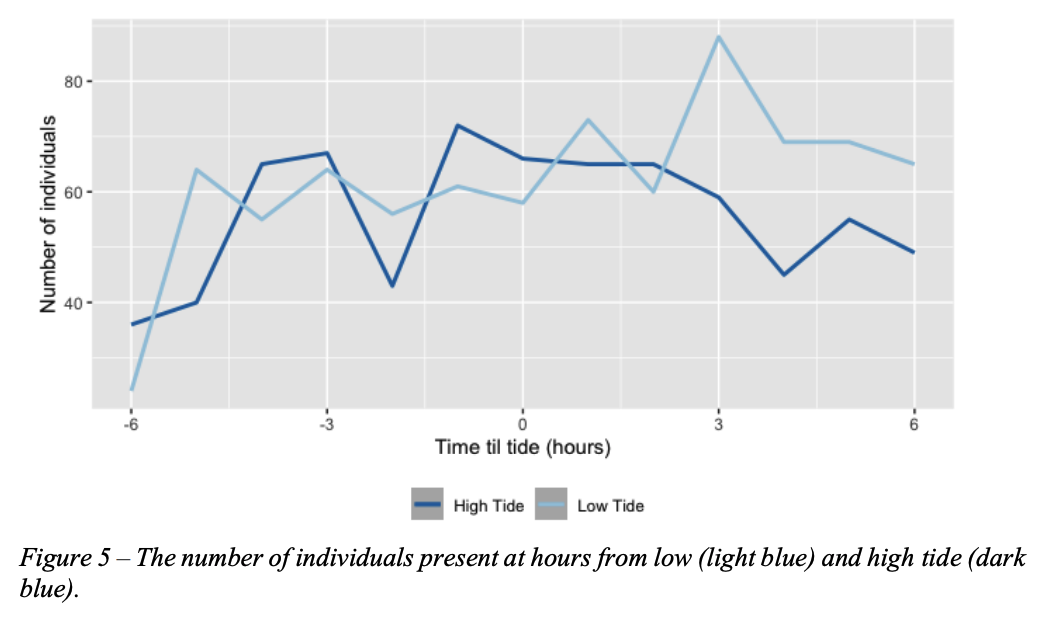
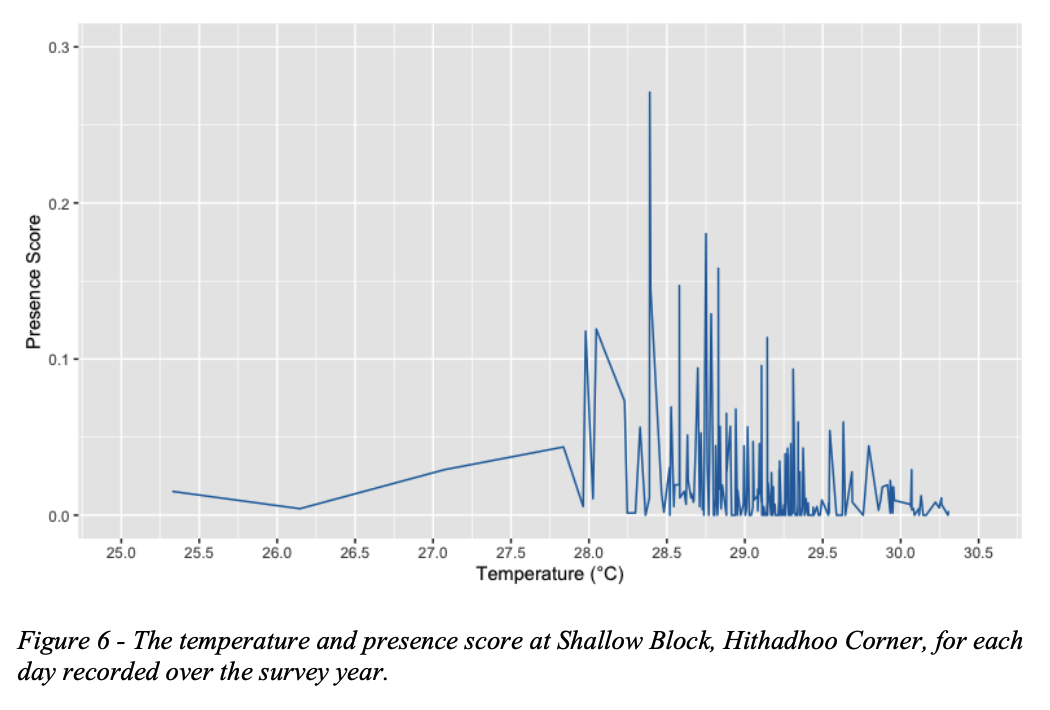
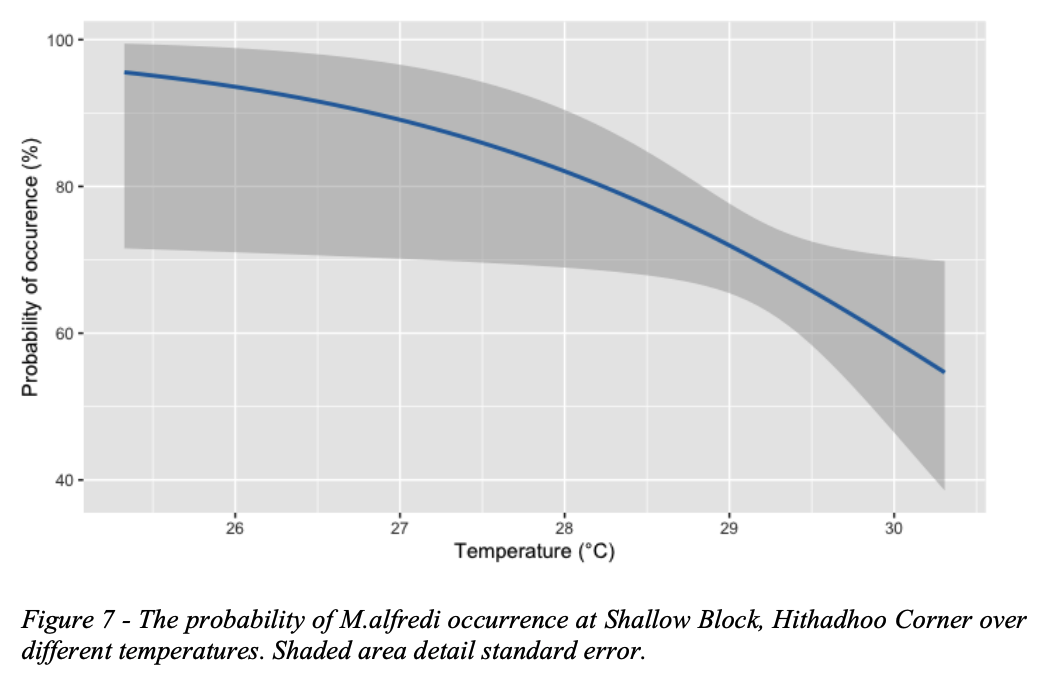
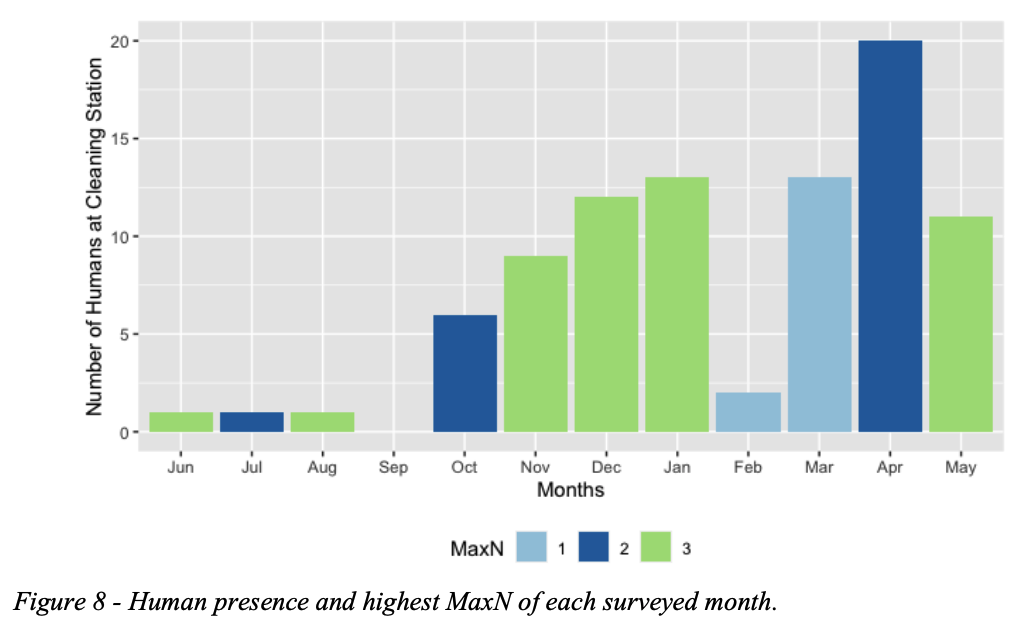
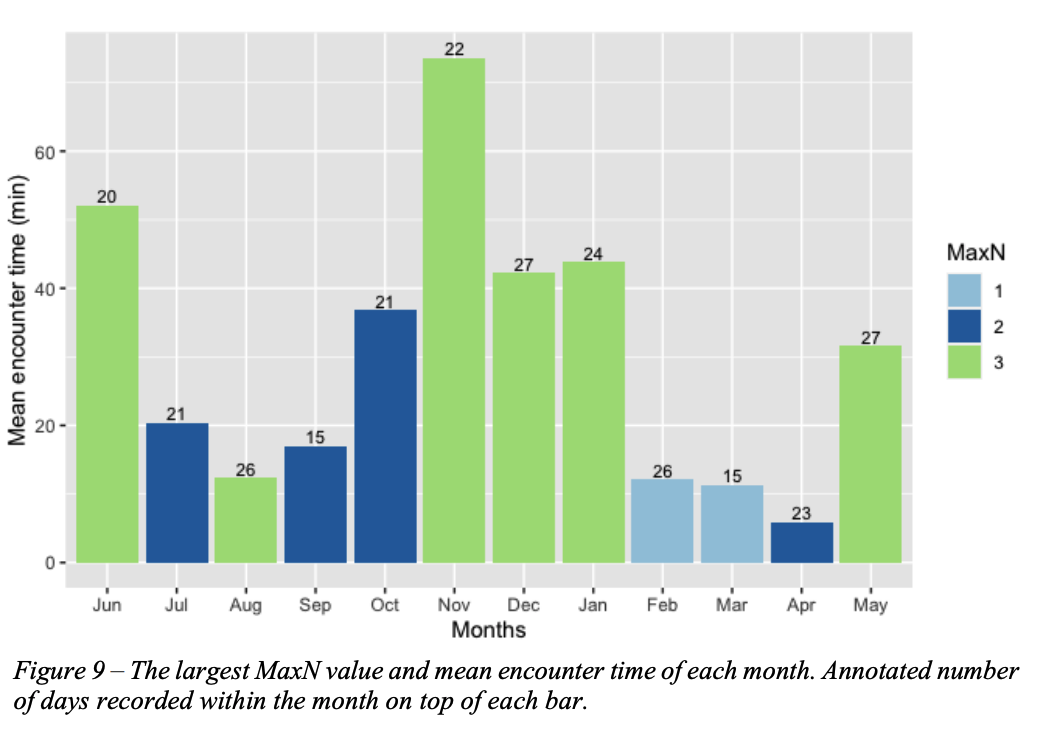
Summary: Reef manta rays are economically important in the Maldives due to tourism. Protecting their aggregation sites requires understanding their spatial-temporal behaviour. This study monitored a cleaning station in Laamu Atoll using remote cameras. Temperature was a significant predictor of abundance, while moon phase and tidal phase had mixed effects. Human presence didn't affect abundance. Site fidelity and social behaviour were observed. Recommendations include continued monitoring and enforcement of conservation measures.
Abstract
“Reef manta rays (Mobula alfredi) are highly conspicuous, with a large subpopulation located in the Maldives. M.alfredi significantly contribute towards the country’s economy through tourism; providing incentive to enhance protections of the species and their aggregation sites. To enforce sustainable tourism activities, behaviours and environmental drivers of spatialtemporal occurrence must be understood to provide scientific guidance to ensure effective conservation management. A singular cleaning station in Hithadhoo Corner, Laamu Atoll was investigated using remotecamera systems to monitor M.alfredi between June 2021 - 2022. Generalised Linear Models were used to investigate the relationship between influencing factors and M.alfredi abundance. Temperature was the most significant environmental predictor, presence decreased as temperatures neared threshold values (30°C). Moon phase proved to be a non-significant predictor, higher visitation rates during the First Quarter were assumed to result from the lack of productive foraging opportunities and enhanced need for cleaning after feeding events. Tidal phase showed no significant effect, higher abundances were seen during low tide, this is attributed to optimal feeding conditions in nearby areas at high tide. Highest abundance was seen at the beginning or turn of monsoons, suggesting these months provided favourable cleaning and courtship conditions. Human presence did not affect abundance, despite consistent dives operating within the area. Sex and maturity of 57 identified individuals differed, 40 individuals revisited, indicating strong site-fidelity to this area. Occurring in groups of up to 3 individuals, social behaviour may be an important driver of aggregations, independent of environmental factors. These findings both compliment and oppose existing studies, indicating environmental and anthropogenic variables vary per geographic location. It is recommended that monitoring of 3 Hithadhoo Corner is continued to provide further robust data analyses. Enforcement within the area is a priority alongside the implementation and distribution of the manta interaction code of conduct.”
Author Affiliations
University of Exeter
The Manta Trust
Maldives Manta Conservation Programme
Six Senses Laamu
Maldives Underwater Initiative (MUI) by Six Senses Laamu
